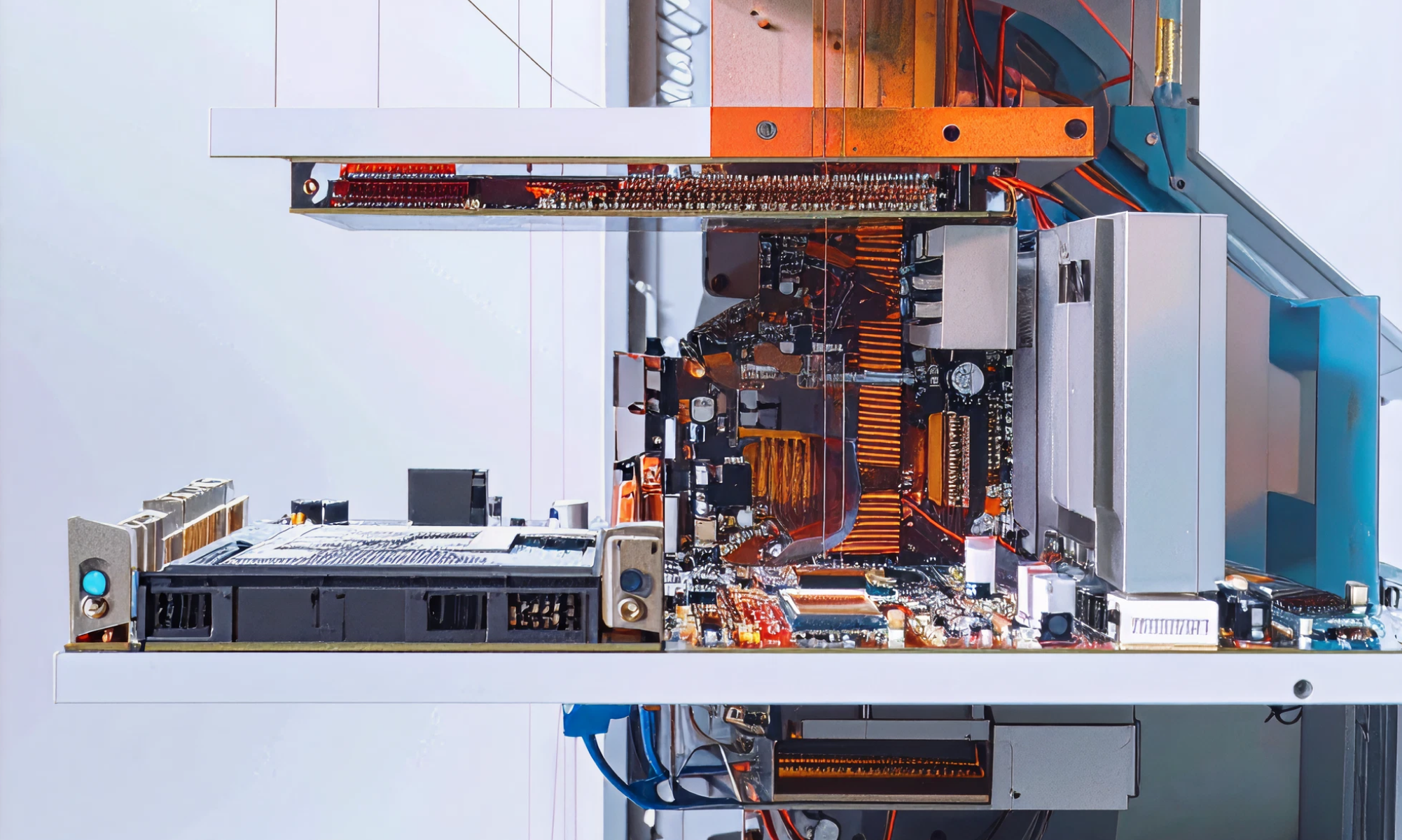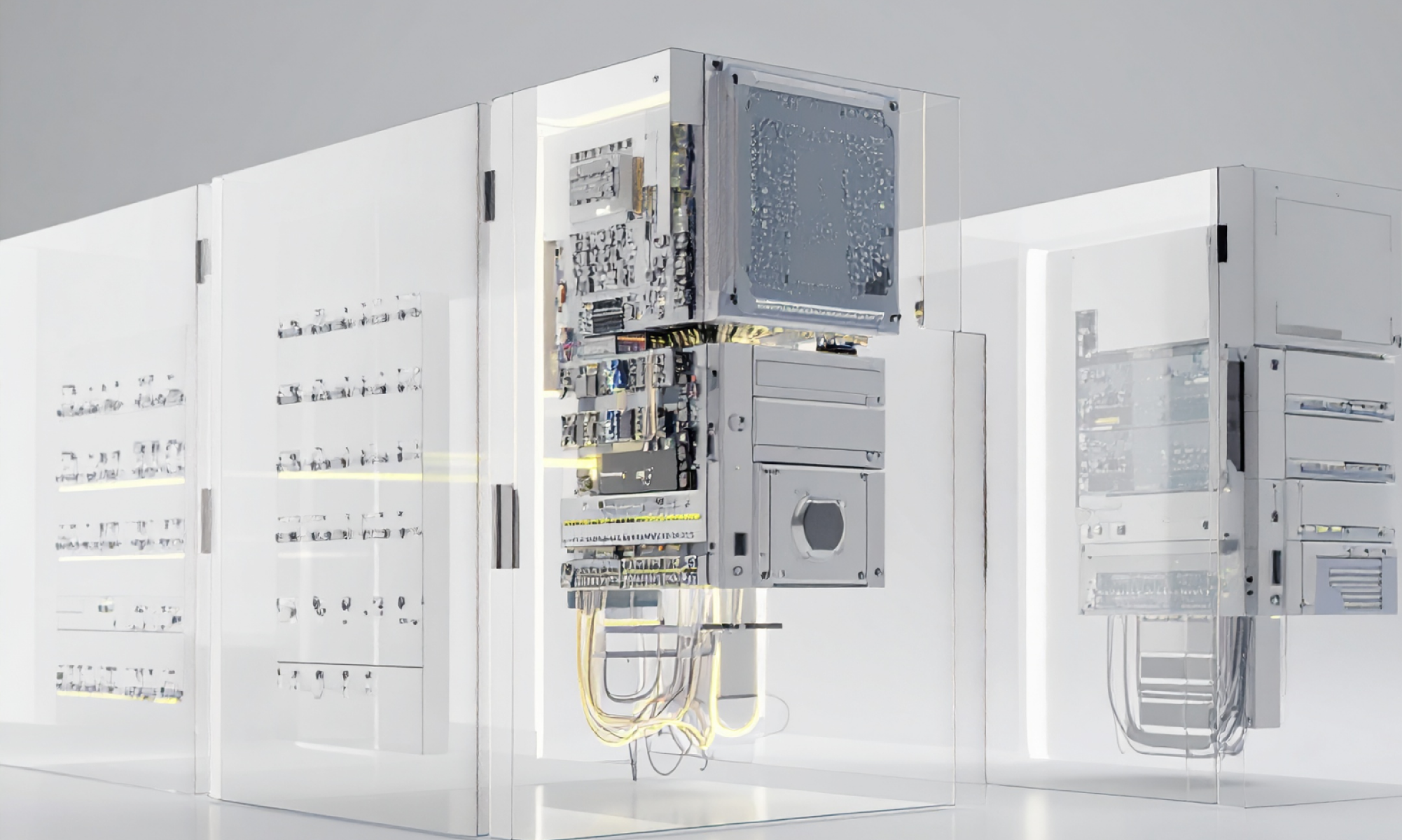AI
our blog
The Interface Is Disappearing: What AI Means For The Future of UX

The interface isn’t what it used to be. It’s becoming more fluid, less visible. For years, we designed screens like blueprints with menus, cards, buttons, all neatly laid out. Predictable. Learnable. Then along came ChatGPT and suddenly the product was the interface. You typed. It responded. No menu, no flow. Just conversation.
Now we’re seeing that shift speed up. Voice. Memory. Context. Recent launches from OpenAI, Google and Anthropic hint at what’s coming - systems that respond in real time, based on what you’re doing, what you’ve said, even where you are.
You don’t learn the interface. It learns you. For product teams, that changes everything. You’re not designing screens anymore. You’re designing behaviours. Interfaces that flex with intent. Interfaces that listen. The UX is fluid - a tone, a reply, an overlay that adapts to context. There’s no single path. No predictable flow. And that’s the challenge and the opportunity.
It also raises new questions. What happens when the AI gets it wrong? How do you recover gracefully, maintain trust, keep control? And how do you make that same experience work for someone using voice, text, or touch - possibly all at once?
If and when it’s done right, imagine a system that lowers friction, reduces steps, makes the product feel more like a collaborator than a tool. Not because it’s showing off the tech, but because it gets out of the way.
At Studio Graphene, we’re experimenting with that future now, from prototyping with live data to reimagining UX in projects like DEI, where we designed the interface for an AI-powered assistant to help people find tailored support, fast.









